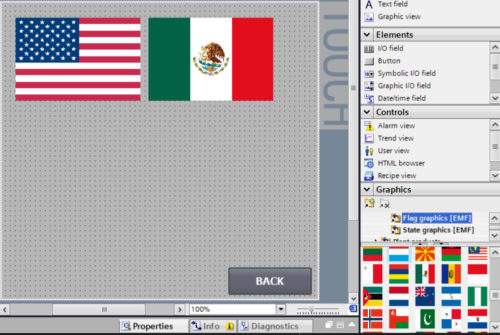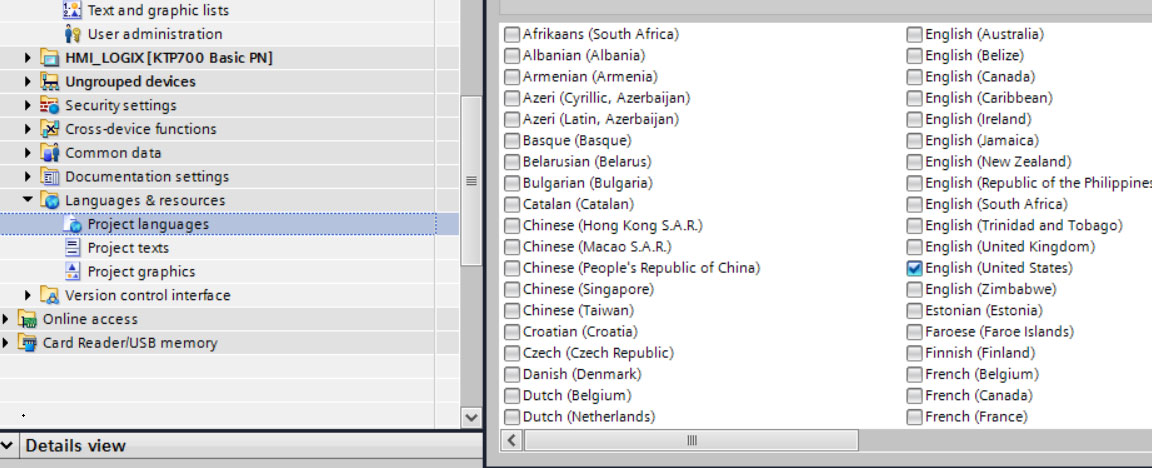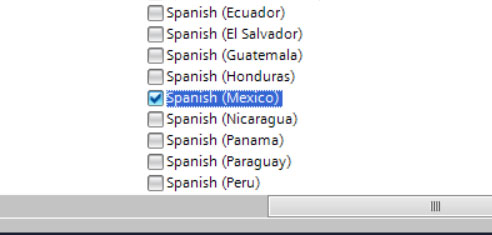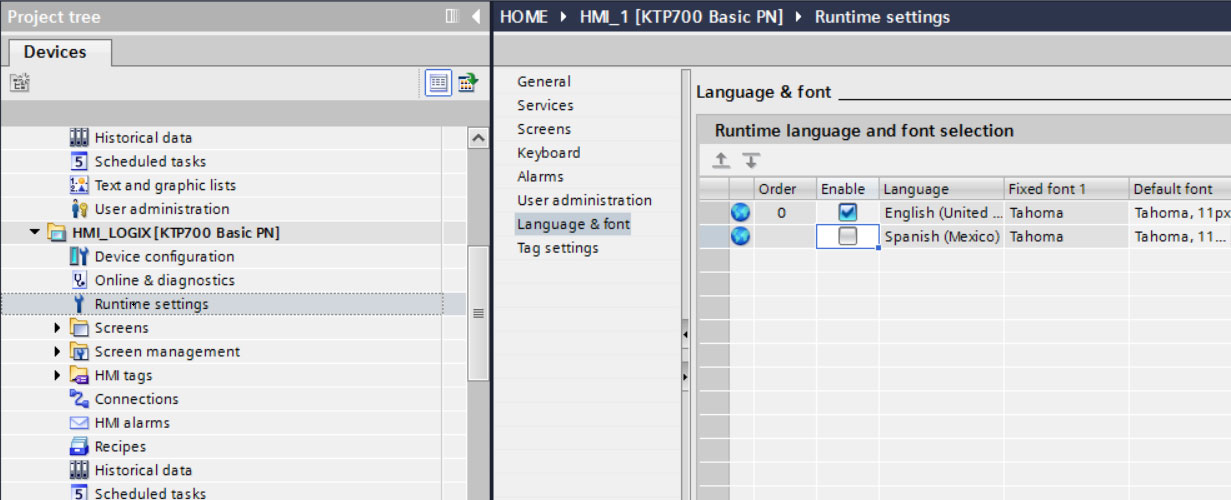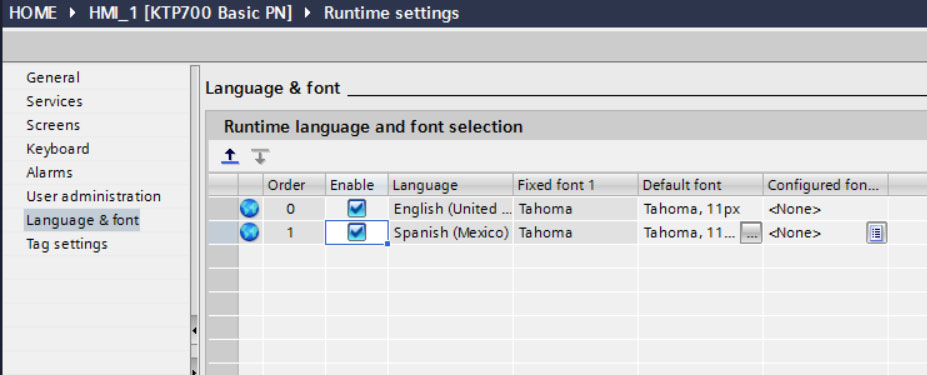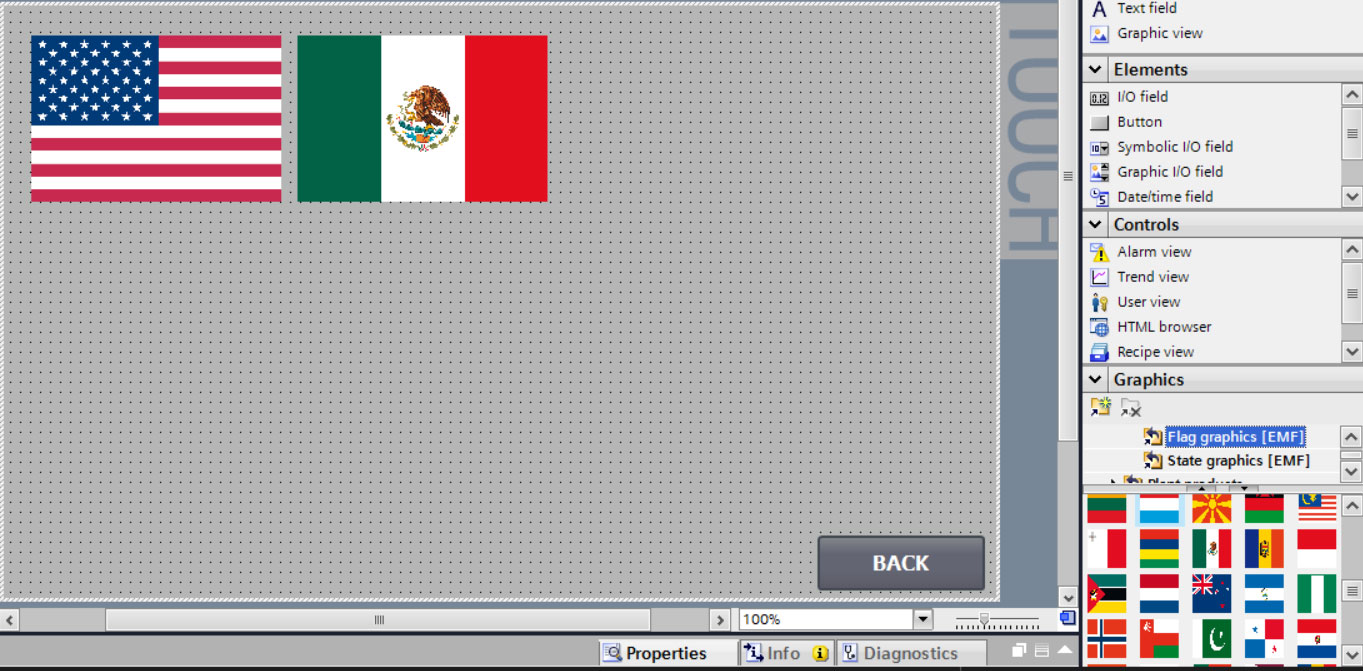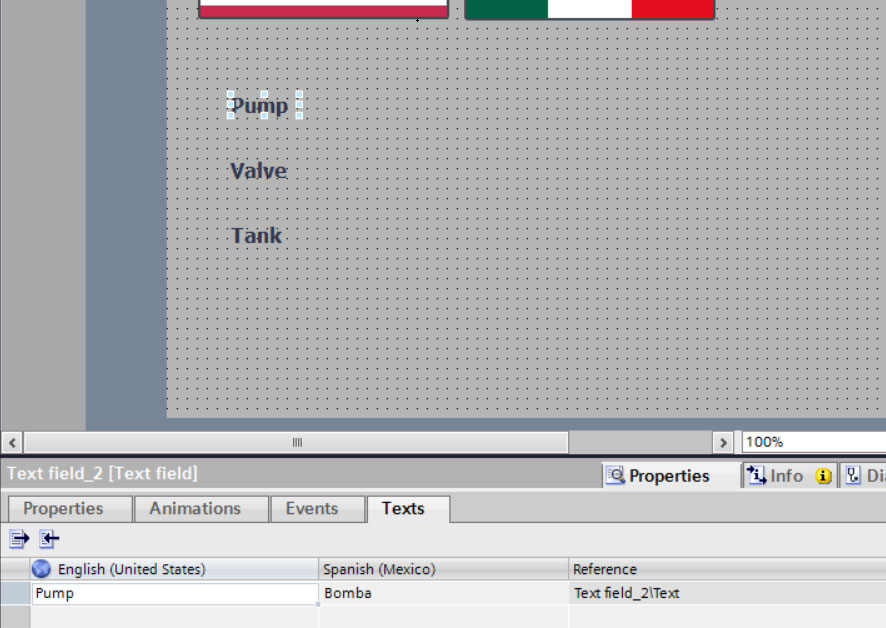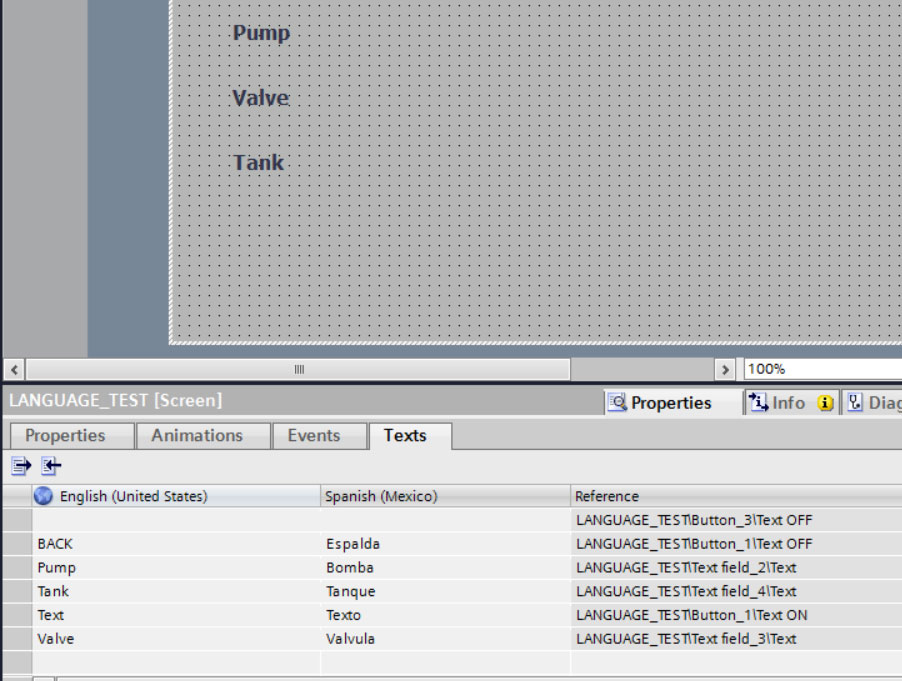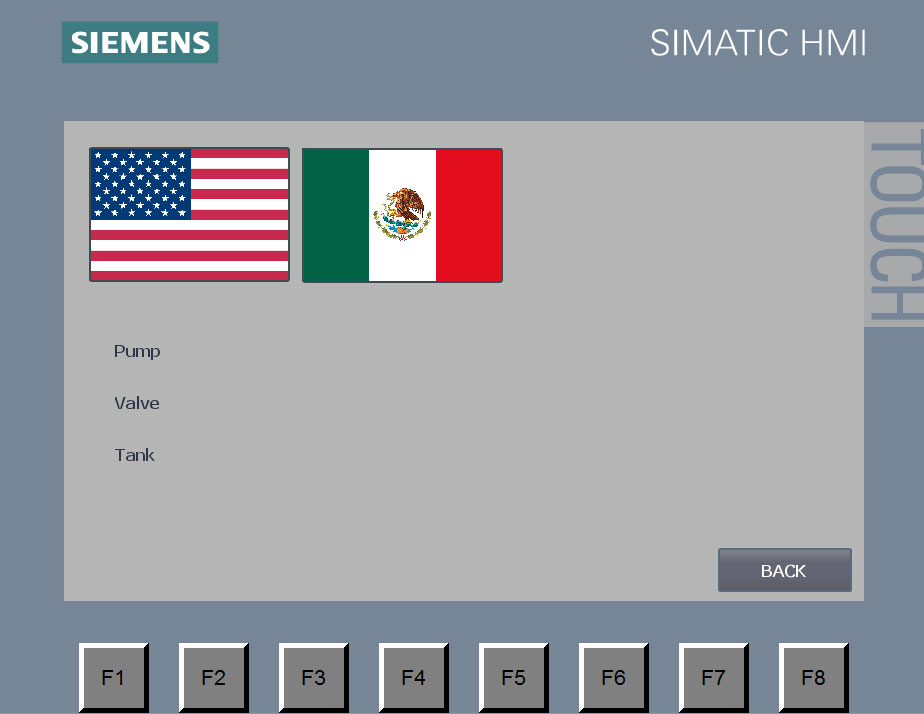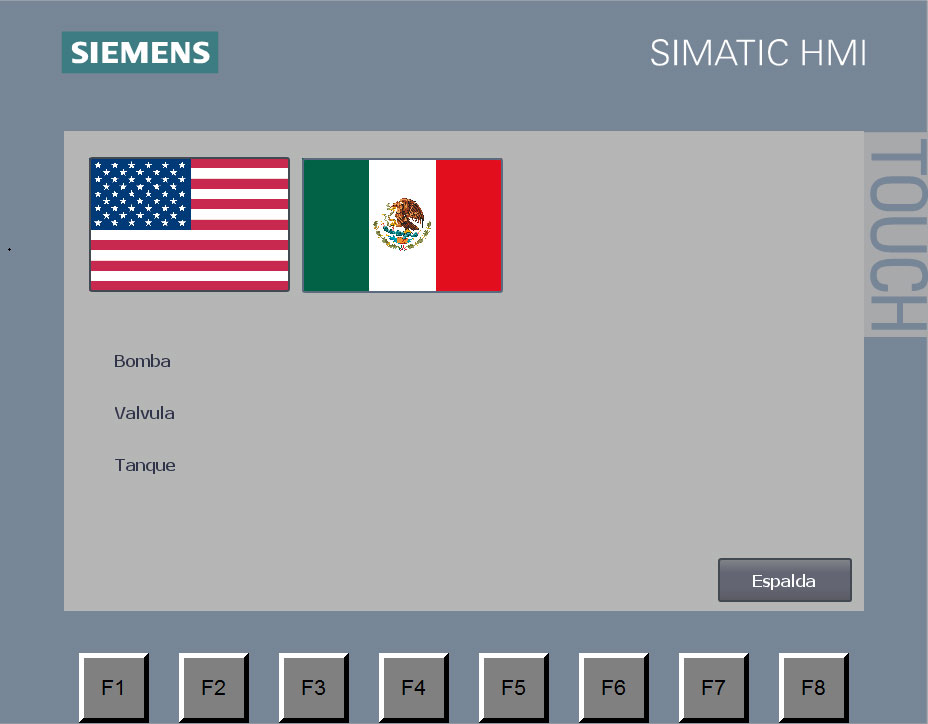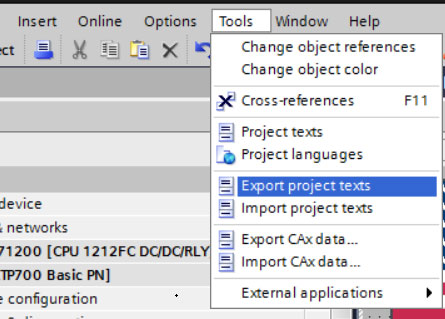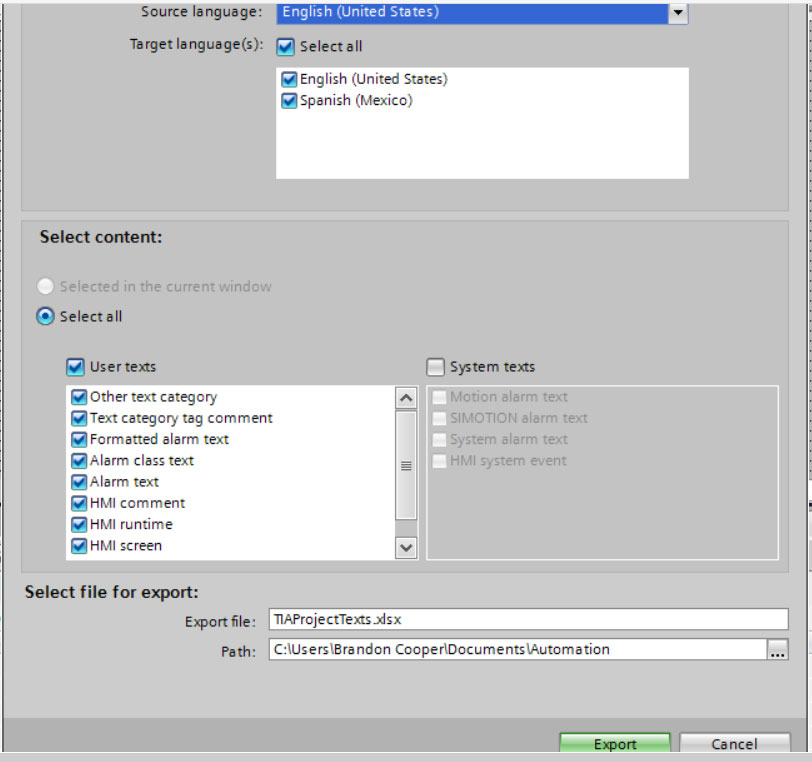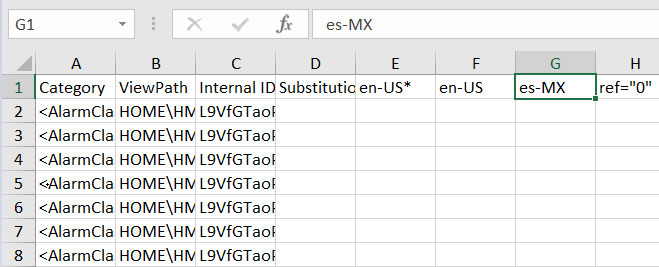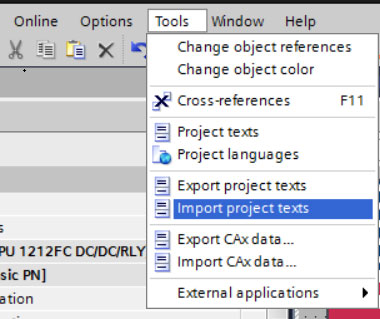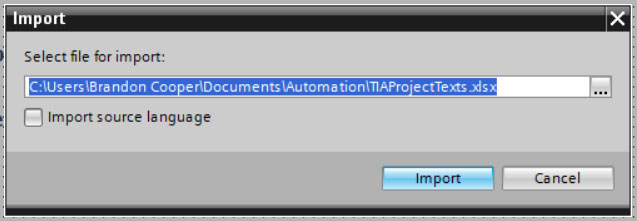
It doesn’t matter where you and I live and work in the world, the native language that we speak, read and write is not always the same native language that the next person does.
Thus, the need for multiple languages in the manufacturing environment is necessary for clarity and continuity in operations.
The good news is that automation vendors see this need and have tools in place to accommodate many languages, and today I’ll look at the language switching feature that Siemens has in TIA Portal and implement it in my Basic HMI project.
Select Project Languages
First, any language to be used can be found in the “Languages & resources” folder by selecting the “Project languages” tab.
Here, I scroll across and add “Spanish(Mexico)” to my project.
Runtime Settings, Enable the Language(s)
After selecting project languages, they are still not available by default. In the “Runtime settings” tab, select “Language & font” and then I can see any selected projects and enable them. Here, I will enable the “Spanish (Mexico)” language.
Spanish Enabled
Graphics
I can now build a graphics test page and I call it “LANGUAGE_TEST”. I added a couple of flags from the “Graphics” folder in the bottom right corner of the TIA Portal window.
I then added an invisible button over each flag. I set the “Events” tab with a command to “Set Language” with the priority number of the language that I wish to use. English was “0” and Spanish was “1” (See above picture under runtime settings for priority number).
I also added some text boxes to my display. In the first text box, I have the word “Pump”. Under the “Texts” properties box, I can add the Spanish Translation “Bomba” here.
A cool tip is that you can click in the background of the screen itself and get a list of all texts used in the screen as shown here.

Runtime – Simulation Mode
In the initial runtime, you see the default “English” is selected. The texts “Pump”, “Valve” and “Tank” are in English.
When I select the Mexico Flag for Spanish, the texts change to “Bomba”, “Valvula” and “Tanque” as shown below.
Advanced – Exporting the Project texts to bulk edit languages
If you have a large project and wish to translate all the texts in excel, then you can export the project texts as shown below. Click “Tools” and then “Export project texts”.
Select the language(s) to edit and click “Export”
The Project text file is now exported to a file that can be modified with MS Excel. Open the file to edit. You will see a column for each language.
Here you can see the “Tank” or “Tanque” as translated in each language.
Finally, after making edits, you may “Import” the file back to the project. Select “Tools” and “Import project texts”.
Click “Import”
Conclusion
While such a task has many steps, they are simple steps and can be performed rather quickly. If you are implementing language switching in a large project, you could spend considerable time with the translations in the exported project text file, so keep this in mind.
I hope this helps you in your TIA Portal project using multiple languages.
Written by Brandon Cooper
Senior Controls Engineer and Freelance Writer
Have a question? Join our community of pros to take part in the discussion! You'll also find all of our automation courses at TheAutomationSchool.com.
Sponsor and Advertise: Get your product or service in front of our 75K followers while also supporting independent automation journalism by sponsoring or advertising with us! Learn more in our Media Guide here, or contact us using this form.
- Things I’ve Learned Travelling for Work (2) - July 17, 2025
- Things I’ve Learned Travelling for Work (1) - July 10, 2025
- Emulating an Allen-Bradley E3 or E3 Plus - June 30, 2025

Discover more from The Automation Blog
Subscribe to get the latest posts sent to your email.


